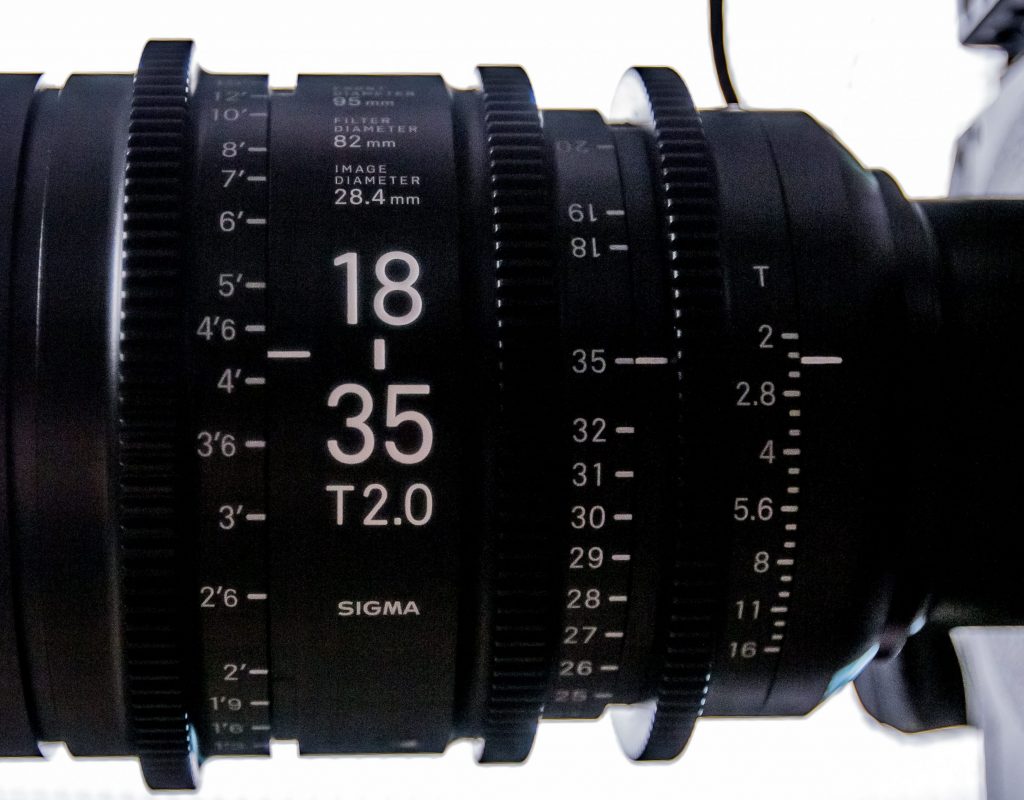Is there a better subject for a shooter than their own three-month-old baby? During these early months of fatherhood, Sigma sent me their 18-35mm and 50-100mm Cine Zoom Lenses to try out for a little bit. My home movies haven’t been better. Technical details first, Sigma sent me their E-mount versions of their Cine Zooms. I shot on Contrast Visuals and Consulting’s Sony FS7 and I use LiteGear’s LiteMate 4 and 2L hybrid LEDs to light the bedroom. I enjoyed these lights just as much as I enjoyed the lenses. Check out the video below.
Cine Zoom Build
These lenses are robust, and they should be since they are all-metal build cinema zooms. The gears felt great. The weight of the lens felt great when in my hand. All around, these lenses felt solid and could survive an accidental drop if needed. Since I had the Sony E-Mount versions the lenses felt a little too heavy for the mount to support the lens on its own. For Sony FS7 and FS5 shooters, you will definitely need a lens support system. I think with a PL or a locking EF Mount you might be able to sneak a shot or two without a lens support but I wouldn’t risk it if it’s not an emergency. Unlike their DSLR counterparts, the Sigma Cine Zoom lenses are heavy enough to require support.
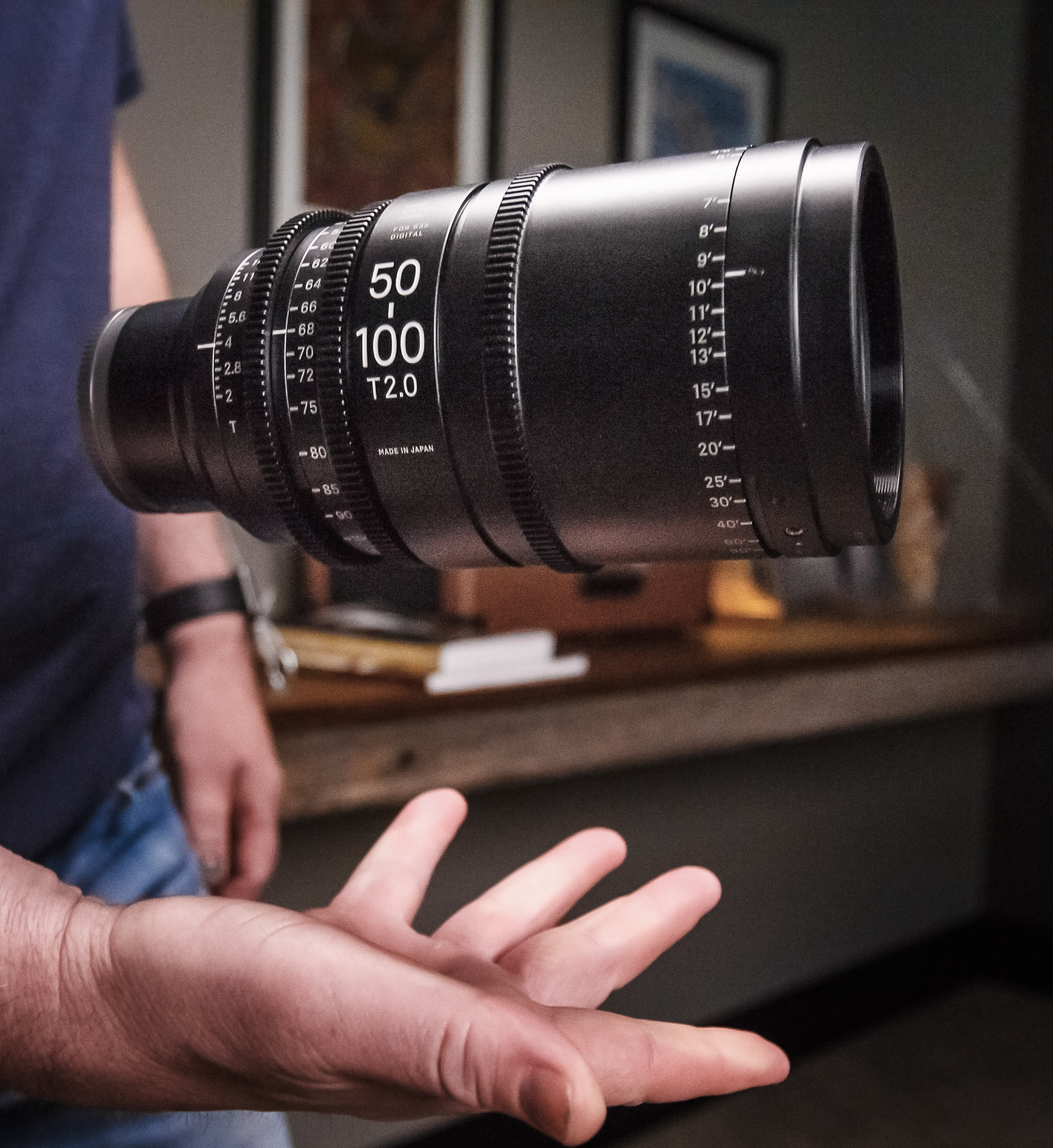 Close Focus
Close Focus
The 18-35mm has an incredibly close focus of 11 inches. For example, you can be less than a foot away and your subject will still in focus. That is where a cameraman has definitely invaded a subject’s personal space. This close focus combined with the 18mm wide-angle lens makes for some truly interesting visuals when the lens is wide open. Think of it as a creative option and one that could convey a feeling of unease in a subject or actor. The wide aperture and close focus can also deliver some great cinematic shoots too.
The 50-100mm has a close focus of 3 feet and 2 inches. This lens feels like its close focus, or it’s lack of a closer focus, is a bit of a compromise for the wider aperture. I think it’s wise of Sigma to keep the T2 aperture over a closer focus capability because this lens is not a macro lens. If anything, the 50-100mm is an interview lens.
Flare Quality
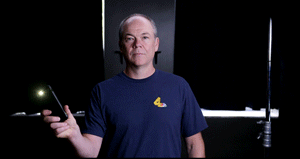 There are only two types of flare I like: none or a ton. The middle ground is a place where lens flare looks like a mistake to me. Give me none or give me a ton of flare; then I can feel confident to create in either direction. The Sigma Cine Zooms flare quality is so close to having zero flares, but there is just the smallest amount and it’s enough for me to frown. In the GIF to the right, you can see the iPhone flashlight is causing a tiny dot flare moving in the opposite direction. This flare is small, but what happens when you are pointing a camera and this lens at traffic at night. Suddenly, every pair of headlights creates small pinpoint flares. It can become distracting. Is it a deal-breaker? No, just be away the smaller flares can be difficult to see in an EVF.
There are only two types of flare I like: none or a ton. The middle ground is a place where lens flare looks like a mistake to me. Give me none or give me a ton of flare; then I can feel confident to create in either direction. The Sigma Cine Zooms flare quality is so close to having zero flares, but there is just the smallest amount and it’s enough for me to frown. In the GIF to the right, you can see the iPhone flashlight is causing a tiny dot flare moving in the opposite direction. This flare is small, but what happens when you are pointing a camera and this lens at traffic at night. Suddenly, every pair of headlights creates small pinpoint flares. It can become distracting. Is it a deal-breaker? No, just be away the smaller flares can be difficult to see in an EVF.
On the 18mm side, the flare is non-existent. This is much more to my liking. I feel confident I could shoot outside at dusk or night and the 18mm focal length would give me clean flare free images. How about the 50-100mm lens? Does the lens have a little bit of flare? Well, yes it does. In the image below you can see a slight ghost flare in the upper right-hand corner. Is it as noticeable as in the 18-35mm? No, the longer focal length helps to soften the edges on the flare making it appear softer and, to my eyes, more interesting. Again, this flare is not a deal-breaker at all.
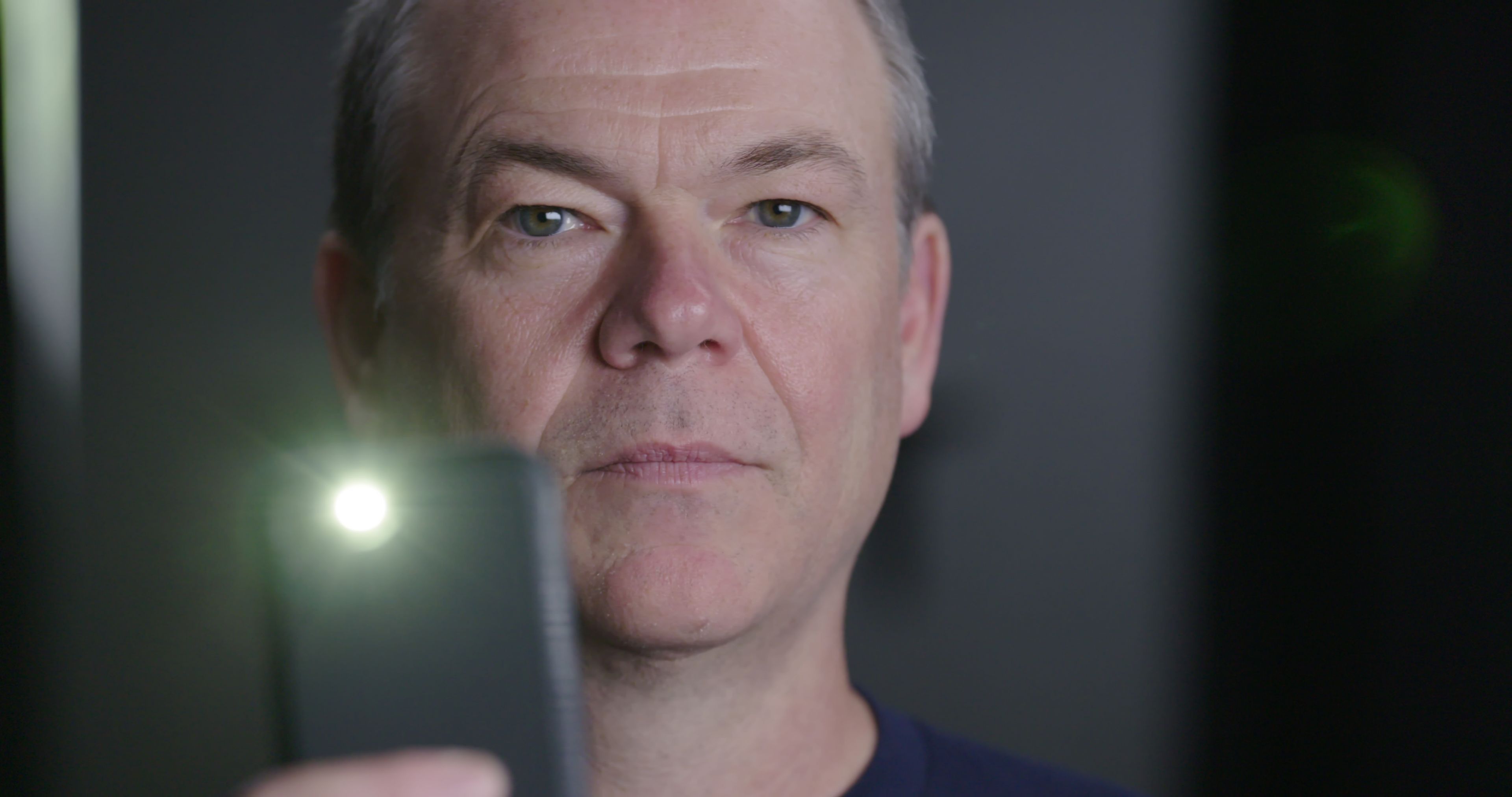
Parfocal-ish
Sigma calls these two lenses “near parfocal.” This is an accurate statement. For those who do not know, “A Parfocal lens is a lens that stays in focus when magnification/focal length is changed” according to Wikipedia. I will say the 18-35mm appears to be the nearest to parfocal than the 50-100mm lens. This could just be a difference in focal lengths and user error, but I felt more comfortable changing focal lengths while shooting on the 18-35mm than the 50-100mm.
Super 35mm Only
I have a bit of a frown face (baby talk… sorry I’m a new Dad) on this specification. Manufacturers are making sensors larger and larger. Will Super 35mm sized sensors be a thing of the past? Maybe. For now, the 28.4mm diagonal image circle is large enough for most applications. If someone is looking to buy the two lens set, the 18-35mm, and 50-100mm, then know these lenses might become dated in years to come. Of course, this is just my silly prediction and do not listen to me if you think I am dumb to suggest it. For right now, these lenses work on most cameras and they work wonderfully. Will they work on Sony’s soon to be announced Full-Frame camera? No, they will not.
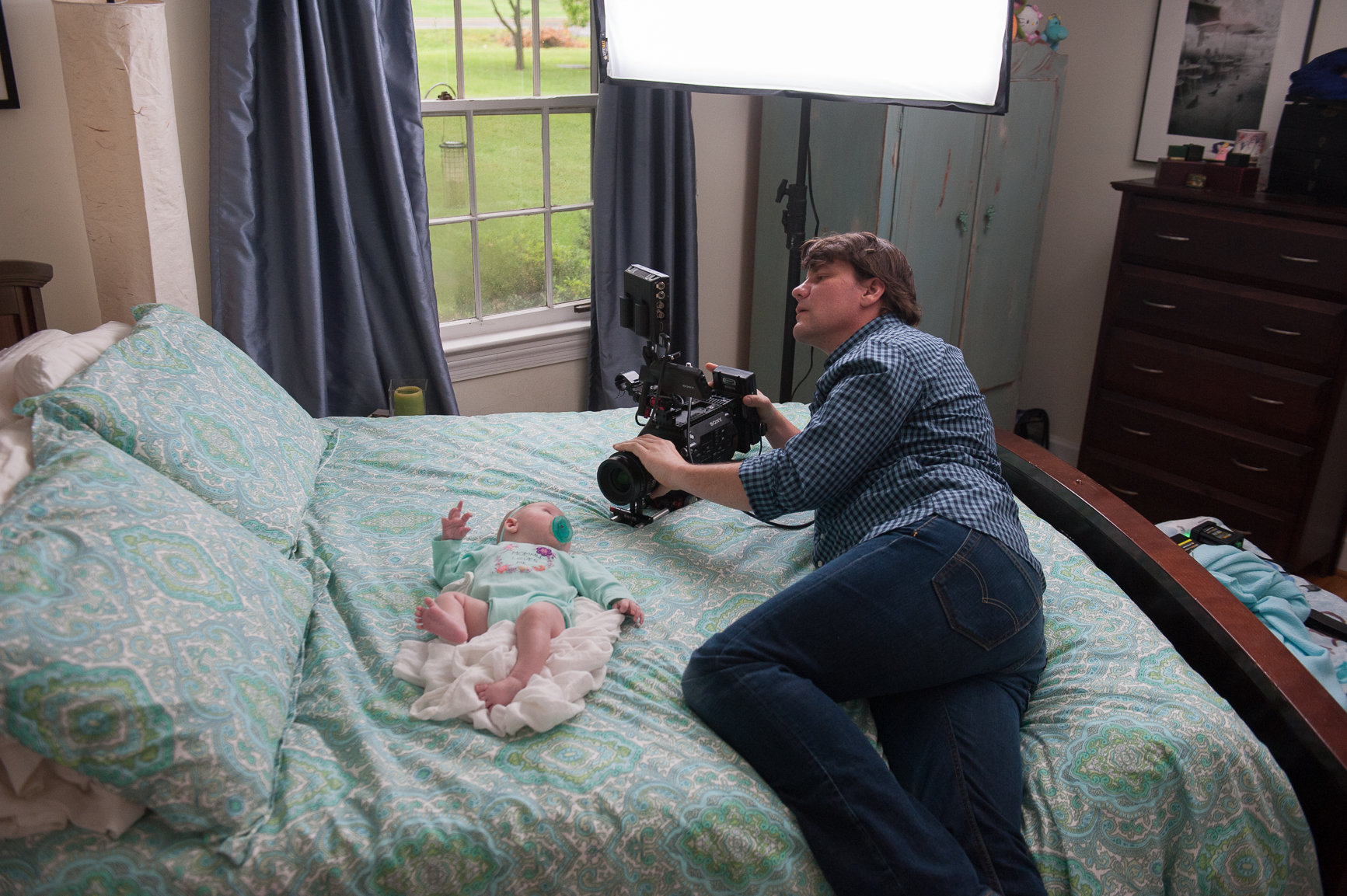
The Sigma Cine Zoom Look
This lens set delivers a sharp crisp image which I believe is desirable to many fiction and factual filmmakers. The shallow depth of field is a beautiful creative choice and is especially striking when shooting close to a subject on the 18-35mm Cine Lens. For me, the 18-35mm Cine Zoom has the best look out of the two lenses. I might feel this way because a mid-range zoom like the 50-100mm provides a somewhat similar feel to a longer range zoom whereas the 18-35mm T2 is more unique. These lenses are tack sharp which is a look I like so I’ll probably be renting the Cine Zooms in the future or buying the DSLR versions for my solo work.
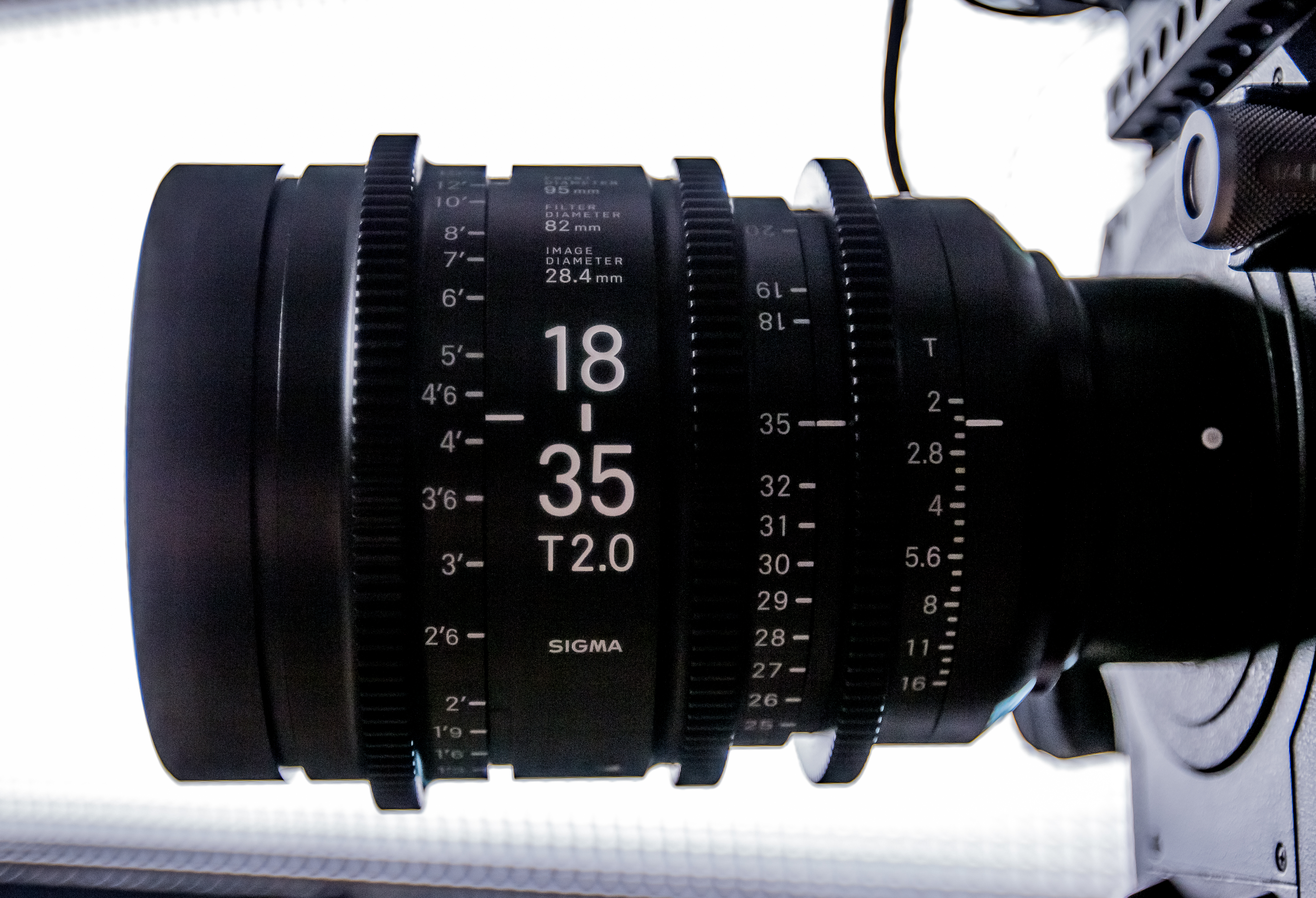
Cine Zoom vs DSLR Zoom
As a solo shooter, the DSLR zooms by Sigma are much easier to operate. The Cine Zooms and their long focus throw meant I was hunting for focus longer which meant I missed moments I wanted to capture. Missing critical moments during a documentary shoot can quickly erode a camera operator’s confidence. I think the Sigma Cine Zooms are best when you are shooting more stylized footage or fiction. In those situations, a Director of Photography may have a focus puller of a wireless FIZ control. Then a camera crew can take full advantage of all the lenses have to offer.
18-35mm T2 over the 50-100mm T2
To me, the 18-35mm is the clear leader out of these two lenses. It has a unique close focus look and is a more useful zoom range. The 18-35mm does not have the focus breathing like the 50-100mm. I understand the focus breathing in the 50-100mm is a compromise to allow the T2 aperture which is a shame. Since the focus breathing is so apparent in the 50-100mm I am more likely to only use it for interview shots where the focus shift and focus breathing will be minimal. The look of the wide aperture is more apparent in the 18-35mm giving it an edge over the 50-100mm lens. I also found myself slightly frustrated when shooting with the 50-100mm. This could be for a couple of reasons: 1. I’m not used to the lens and focal length yet, 2. The focus breathing, 3. I shot is a smaller space where the 50-100mm was a touch too long for beautiful coverage. 4. I tend to shoot on the wider end and the telephoto end leaving a mid-range zoom untouched throughout a shoot. In the end, rent these lenses and come to your conclusions. Behind-the-scenes photography by my wife Angela Disrud who loved the Sigma Lenses and LiteMat LEDs.
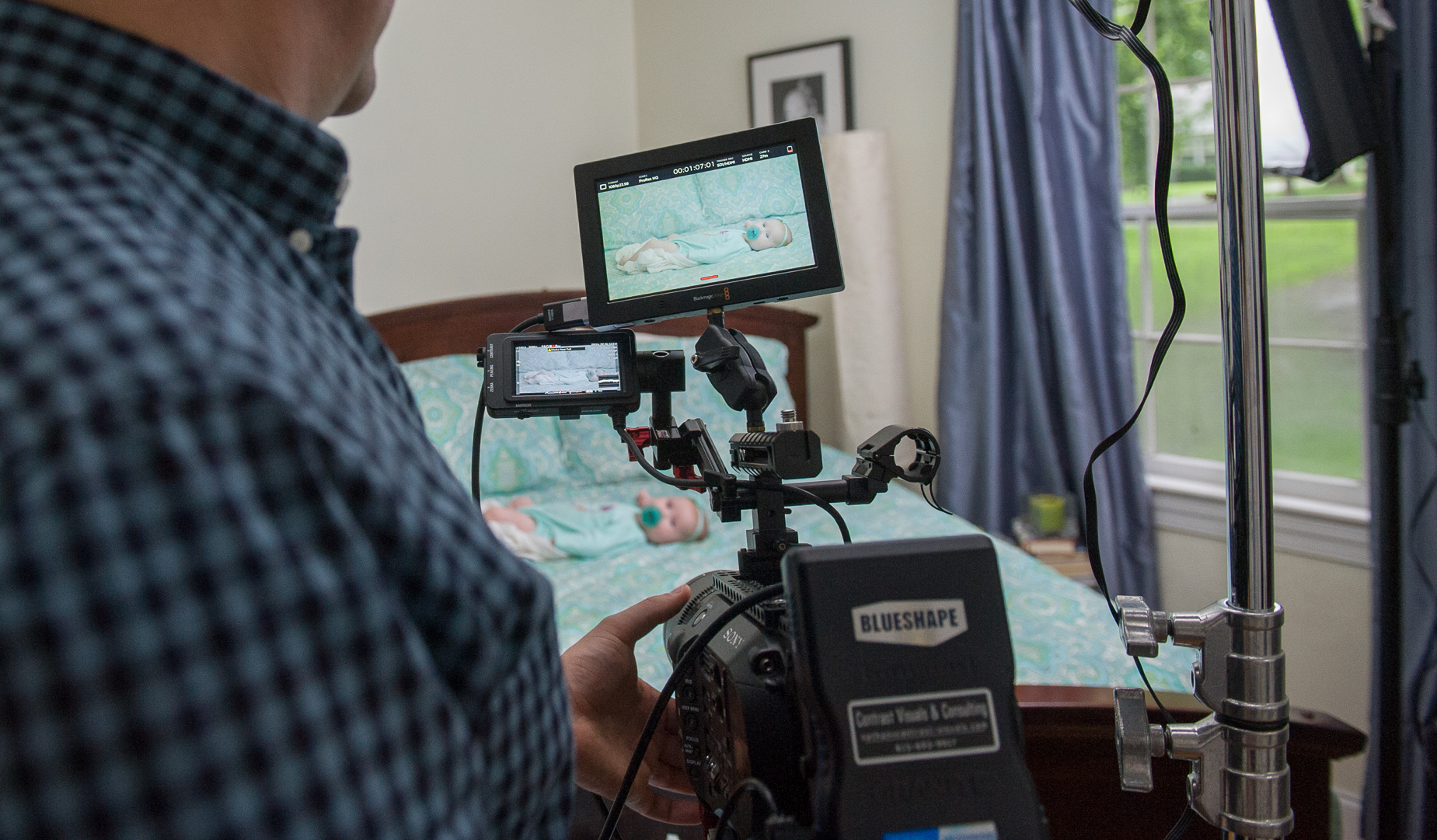
18-35mm Specs
- Covers Super 35mm Sensors
- 28.4mm Image Circle
- Internal Focus Design
- 180° Focus Barrel Rotation
- T2 Max Aperture, Clickless 9-Bladed Iris
- 95mm Front Lens Diameter
- Removable Lens Support Foot
50-100mm Specs
- Covers Super 35mm Sensors
- 28.4mm Image Circle
- Internal Focus Design
- 180° Focus Barrel Rotation
- T2 Max Aperture, Clickless 9-Bladed Iris
- 95mm Front Lens Diameter
- Removable Lens Support Foot
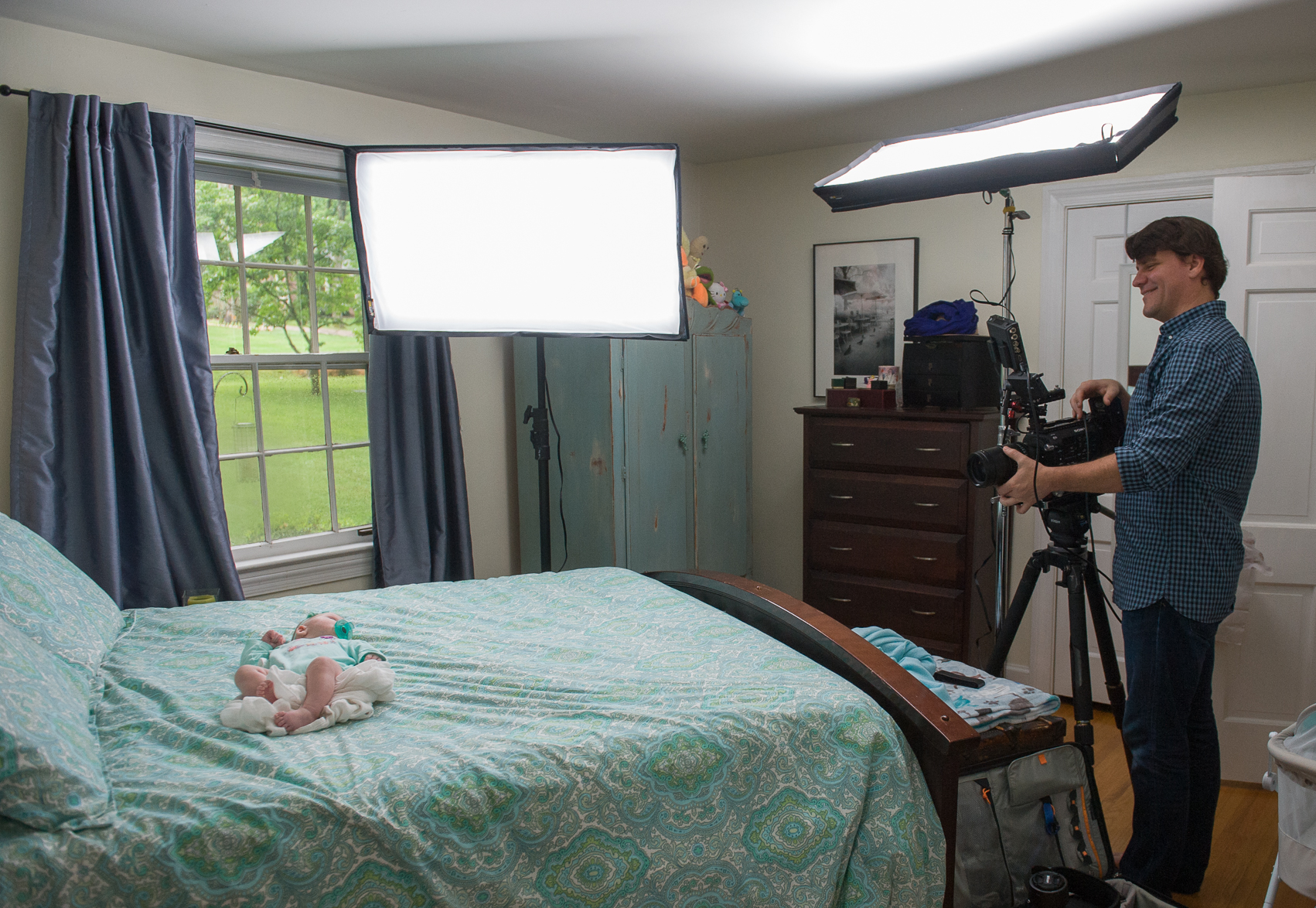
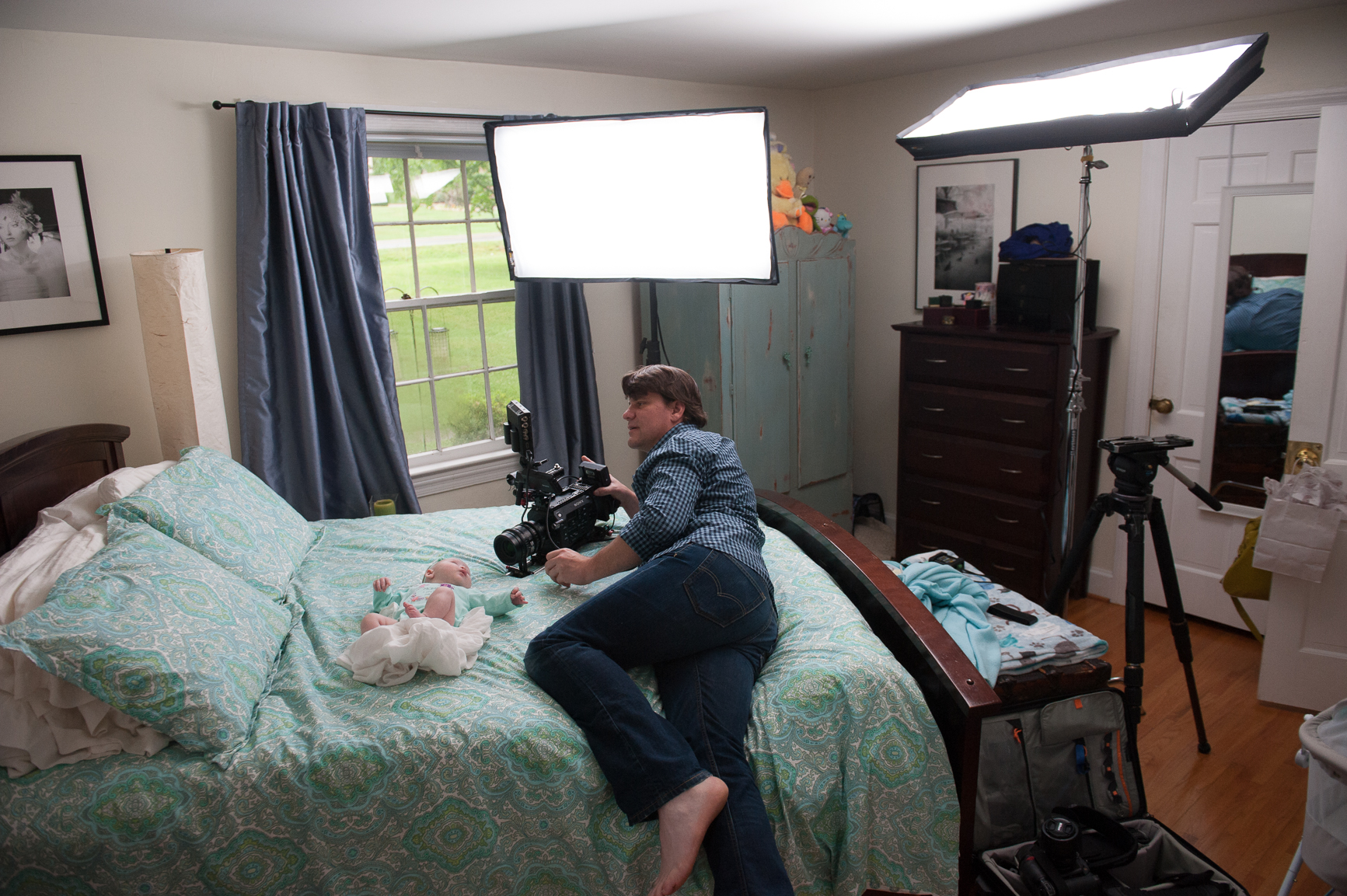

Filmtools
Filmmakers go-to destination for pre-production, production & post production equipment!
Shop Now